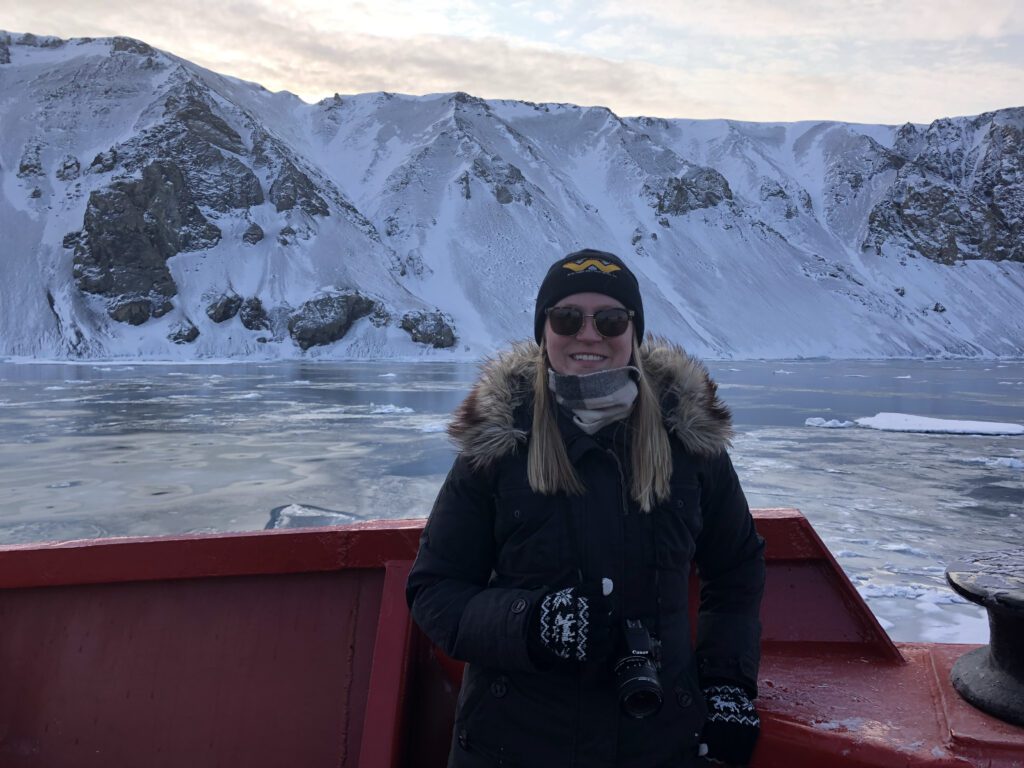Changing environmental conditions in Baffin Bay and in the Arctic Ocean now have drastic consequences for the biogeochemical processes like air-sea CO2 exchange. The global surface ocean plays a significant role in reducing the greenhouse effect in the atmosphere as it is estimated to have taken about one quarter of all anthropogenic CO2 emission over the past decade. Even though this effect is beneficial for the atmosphere, it can induce changes in the ocean chemistry such contributing to ocean acidification and to the solubility of calcium carbonate (CaCO3) minerals. Monitoring the biogeochemistry of vulnerable regions to ocean acidification such as Baffin Bay and the Arctic Ocean is now becoming even more important.
This study presents recent measurements of the marine carbonate system across Baffin Bay taken on the CCGS Amundsen in July and August 2019. More specifically, Tonya M. Burgers and her team have measured the biogeochemical drivers of aragonite saturation state in water samples from the CTD-Rosette onboard. Their goal was to investigate the distribution of the aragonite saturation state in these specific regions and compare their measurements with those of previous research to identify temporal trends.
After multiple manipulations and analysis, they found two main depth-dependent processes controlling the spatial distribution of aragonite saturation state in Baffin Bay. In a water column, the saturation state of aragonite was lower due to increasing fractions of Arctic-outflow waters for upper 200 m and was decreased by organic matter respiration below 200 m. The comparison between their measurements and those from historical data (1997 and 2004) showed a significant drop in aragonite saturation state of Arctic waters without a clear signal of anthropogenic ocean acidification. In the light of these results, this study underscores the need for further research on the Baffin Bay physical oceanography in order to improve our understanding of the circulation in this area.



